Any car enthusiast is excused if they’ve never heard of Chongqing. Populated by 30 million people, this city in the centre of China is 1100 miles south-west of the capital, Beijing, yet it can easily claim to be China’s motor city as it's home to 30 car factories. There’s enough capacity 
to produce three million cars a year, about 12% of China’s total car output. For context, the output from this one city outstrips the UK’s production record (two million, set in 1972).
Much of Chongqing’s automotive focus is Changan, a state-owned enterprise that has built cars since 1959, starting with a military truck modelled on the World War II US Jeep. Today, its range has expanded to 17 Changan-badged models, including an electric vehicle, and output is around one million a year from seven assembly plants and one engine factory. But Changan also has joint ventures with Ford, Peugeot and Suzuki, taking annual output to three million.
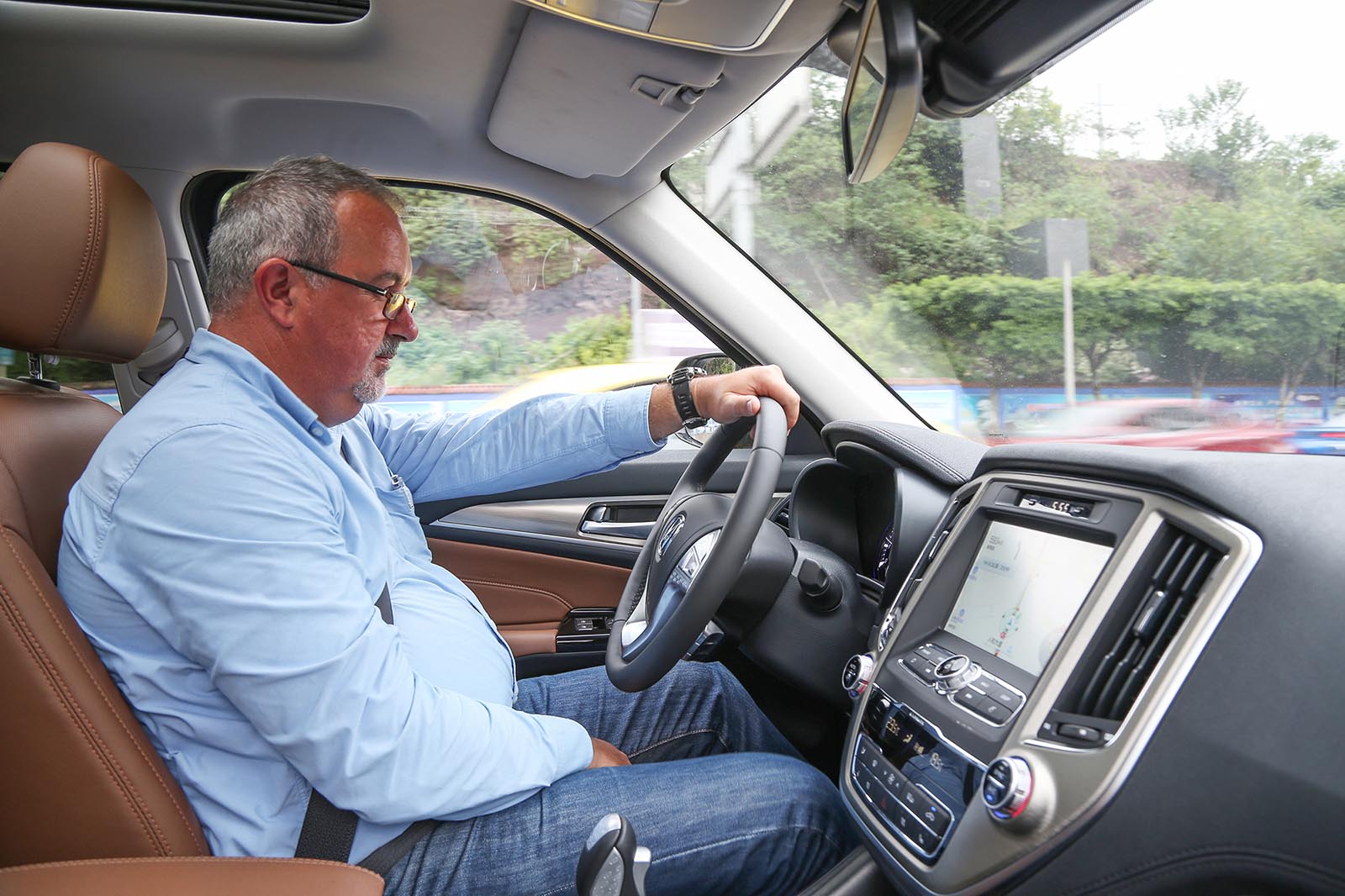
Recently, Changan has benefited from huge investment; its factory in Liangjiang, outside Chongqing, the centrepiece of an industrial ‘cluster’ has been boosted by a colossal £60 billion of investment. The clearest evidence of this investment are Changan’s two newest models, which are both high-riding SUVs: the five-seat CS55 on sale in China since July and the seven-seat CS95 from November last year.
Both have been engineered in China but with considerable input from engineering and design centres in the UK, the US and Italy. Changan is much more than a local enterprise, even if today its cars are largely focused on the domestic market.
“We have really put everything we know into the two new SUVs,” says Gordon Cook, Changan’s head of vehicle integration, “and we’ve really got the cars working well.”

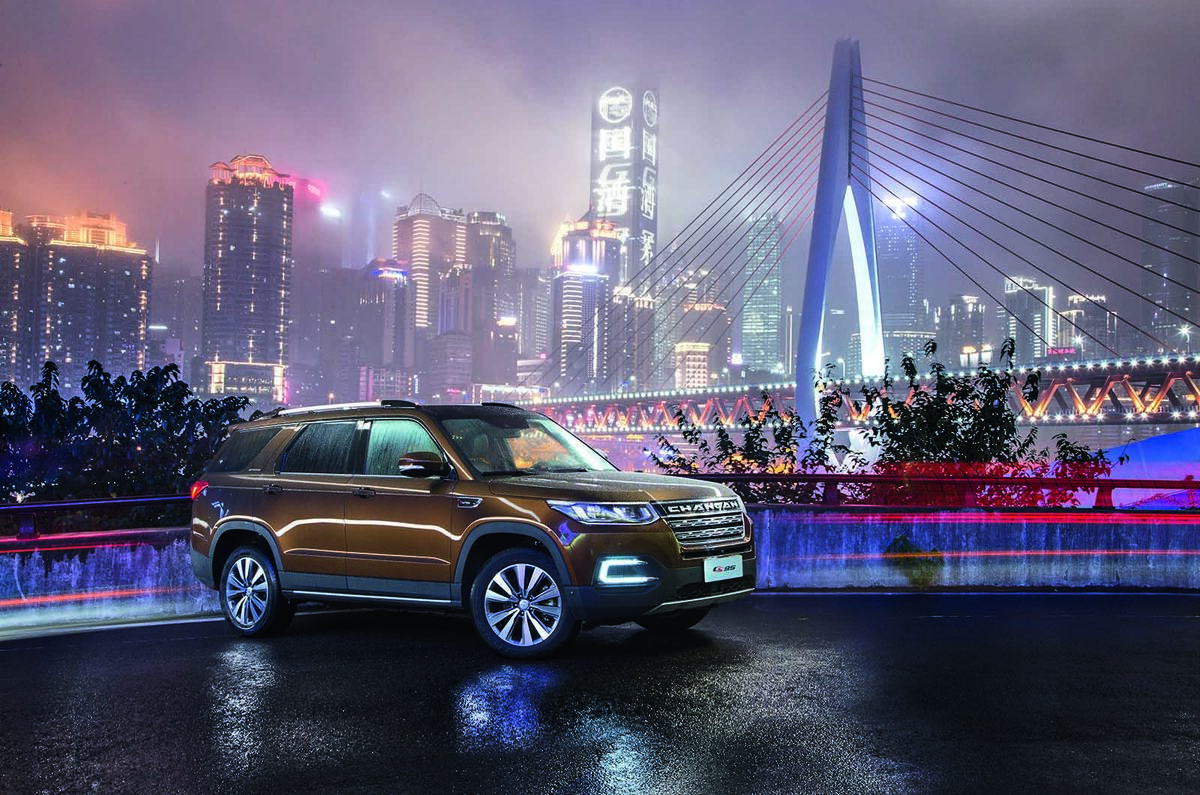

























































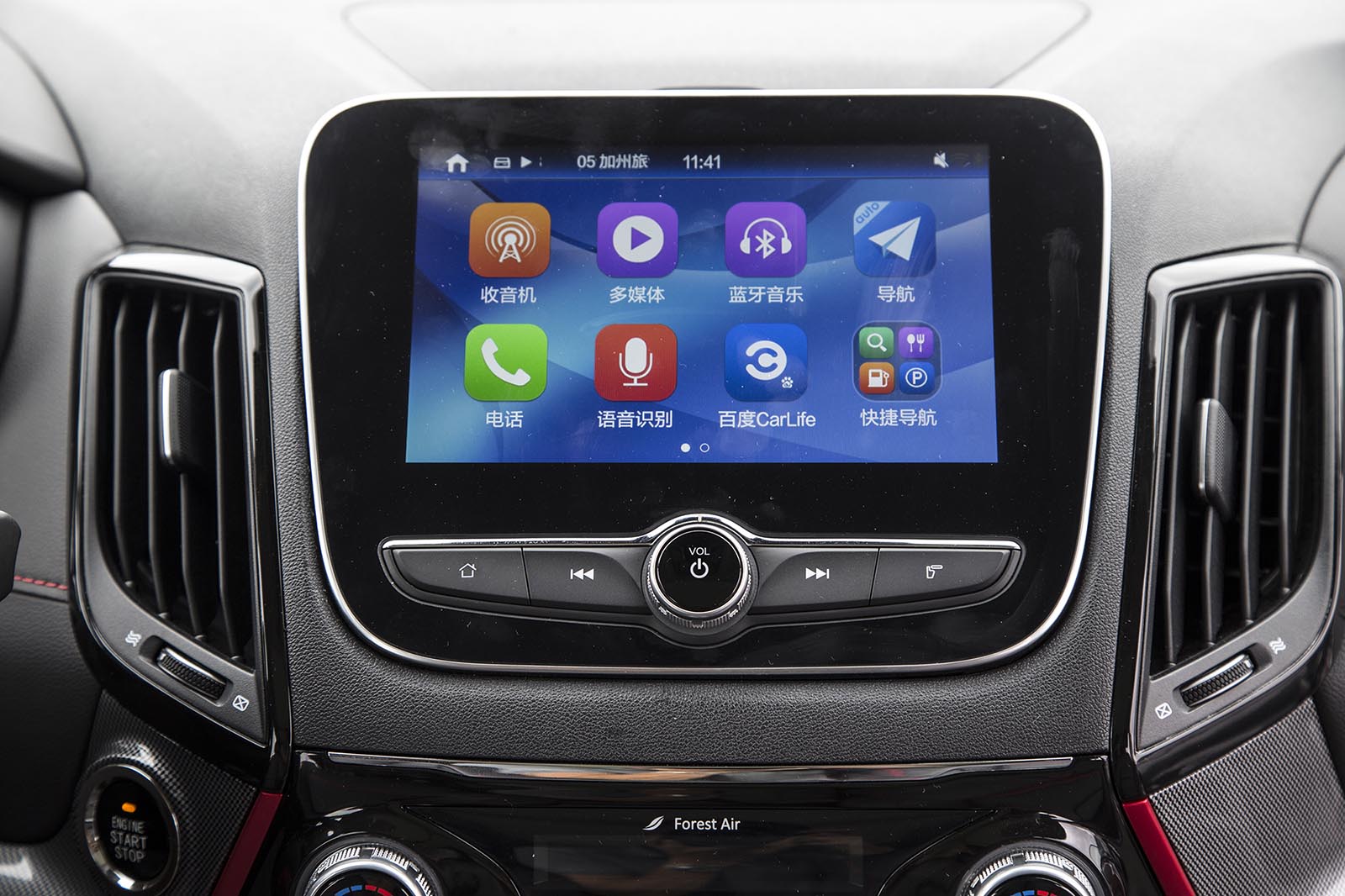
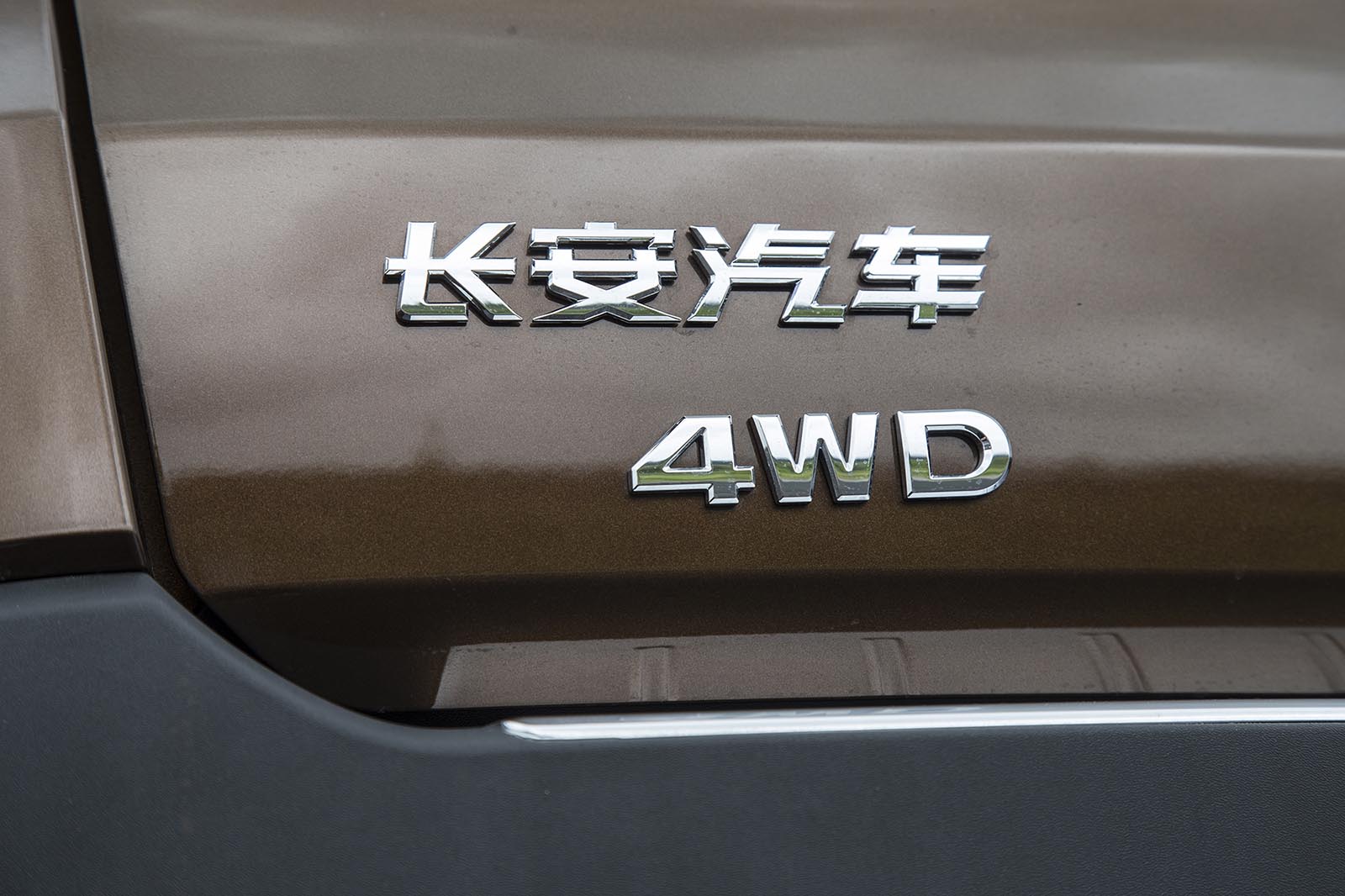
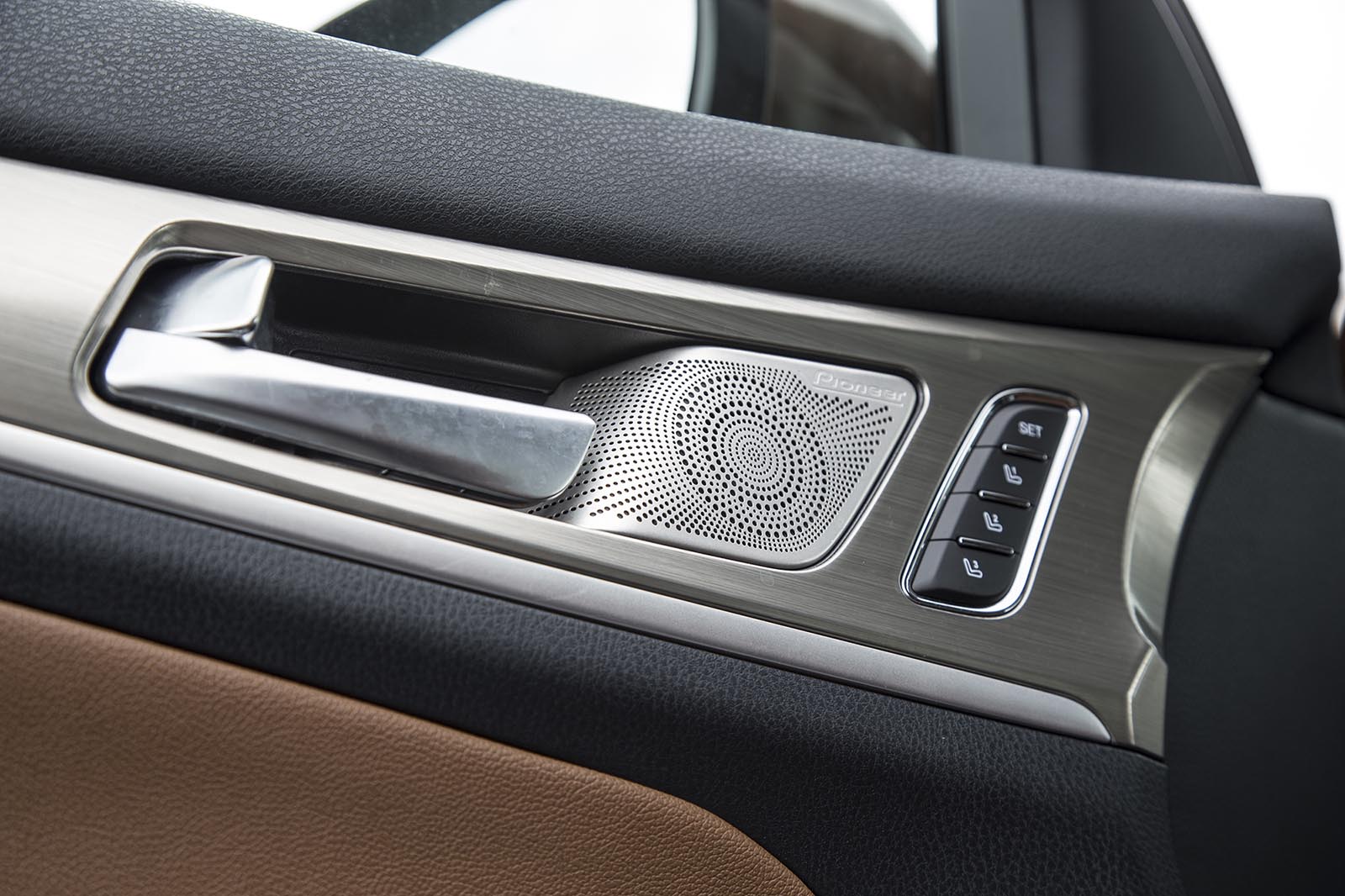
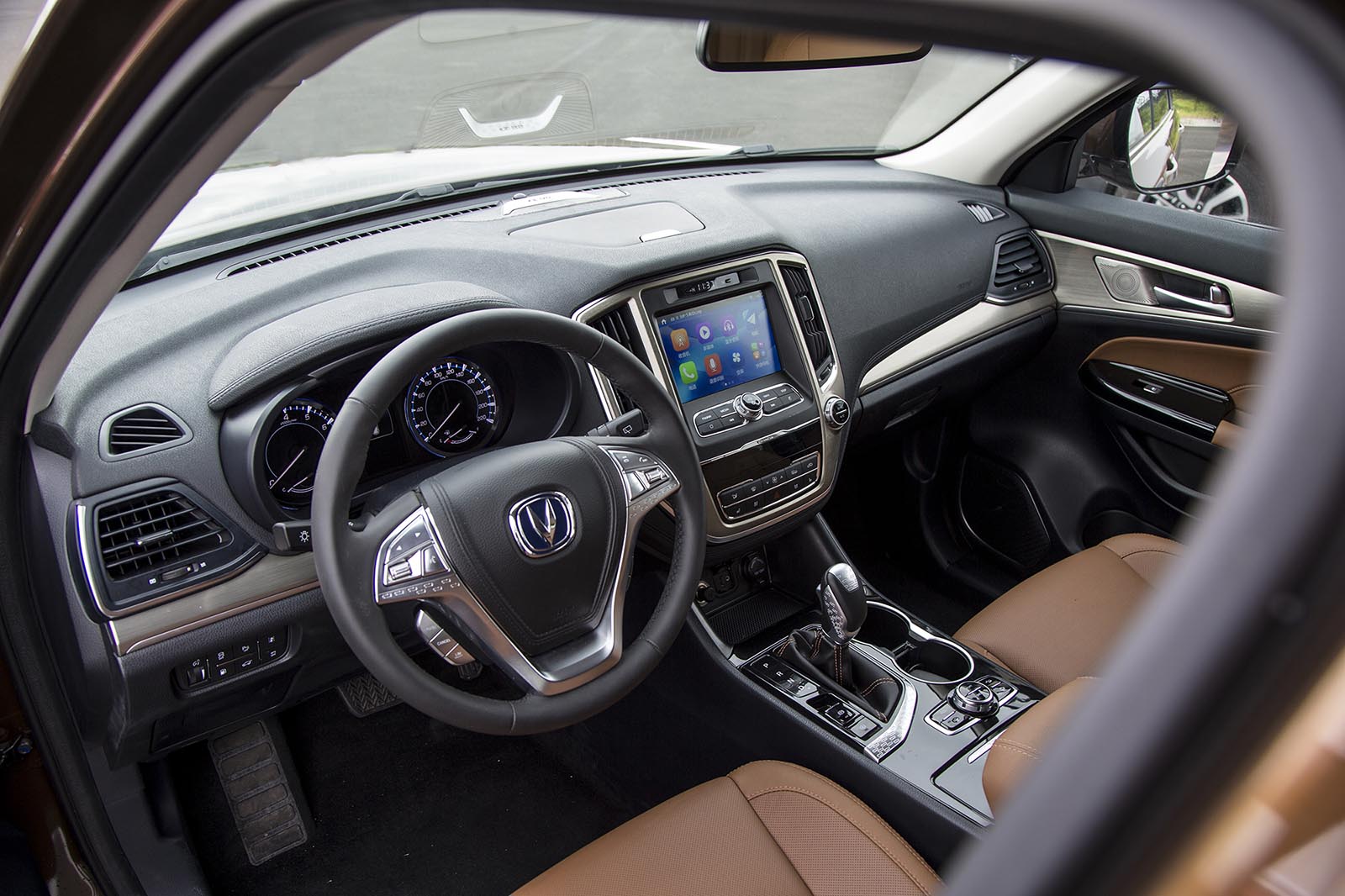
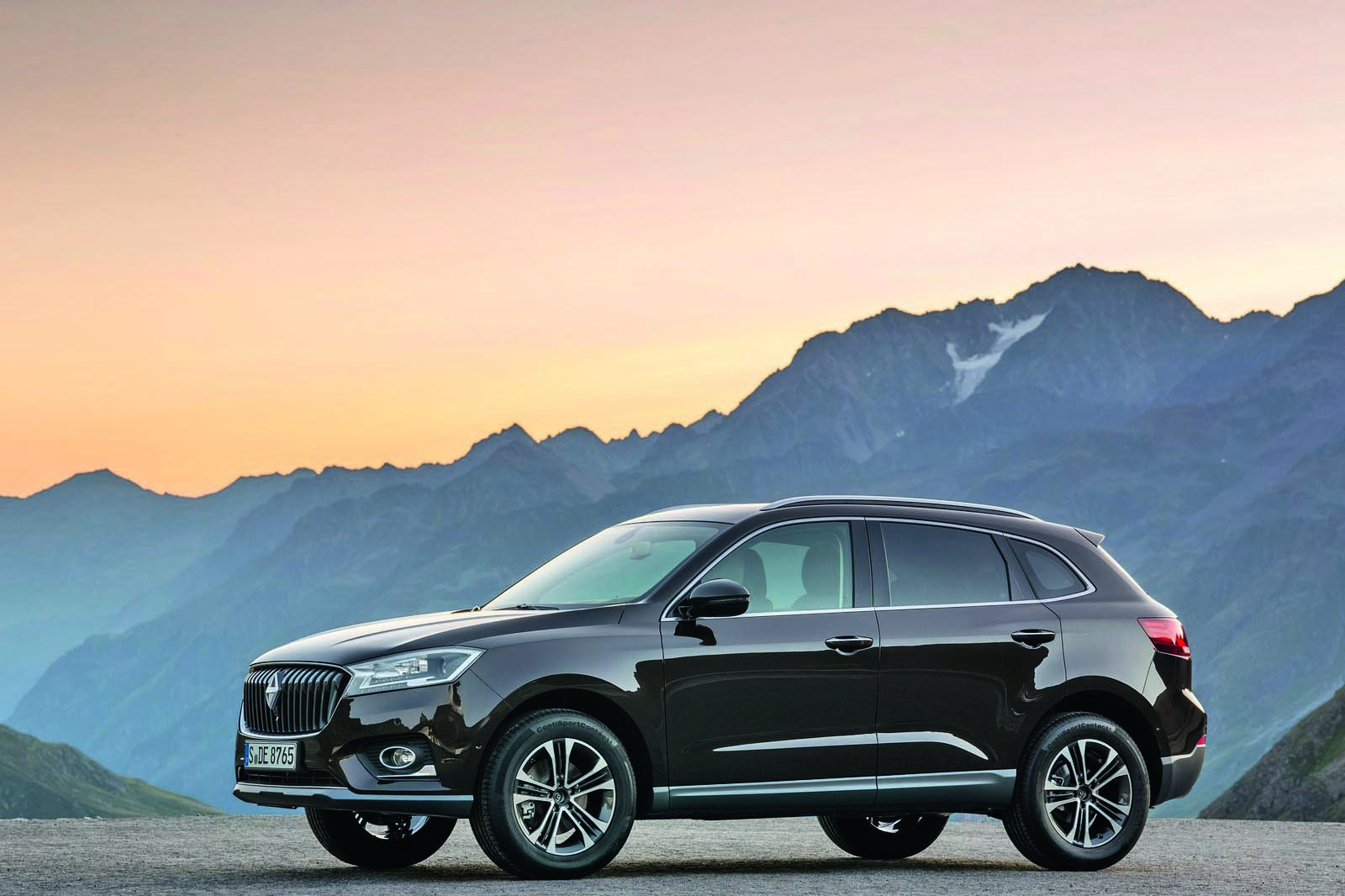
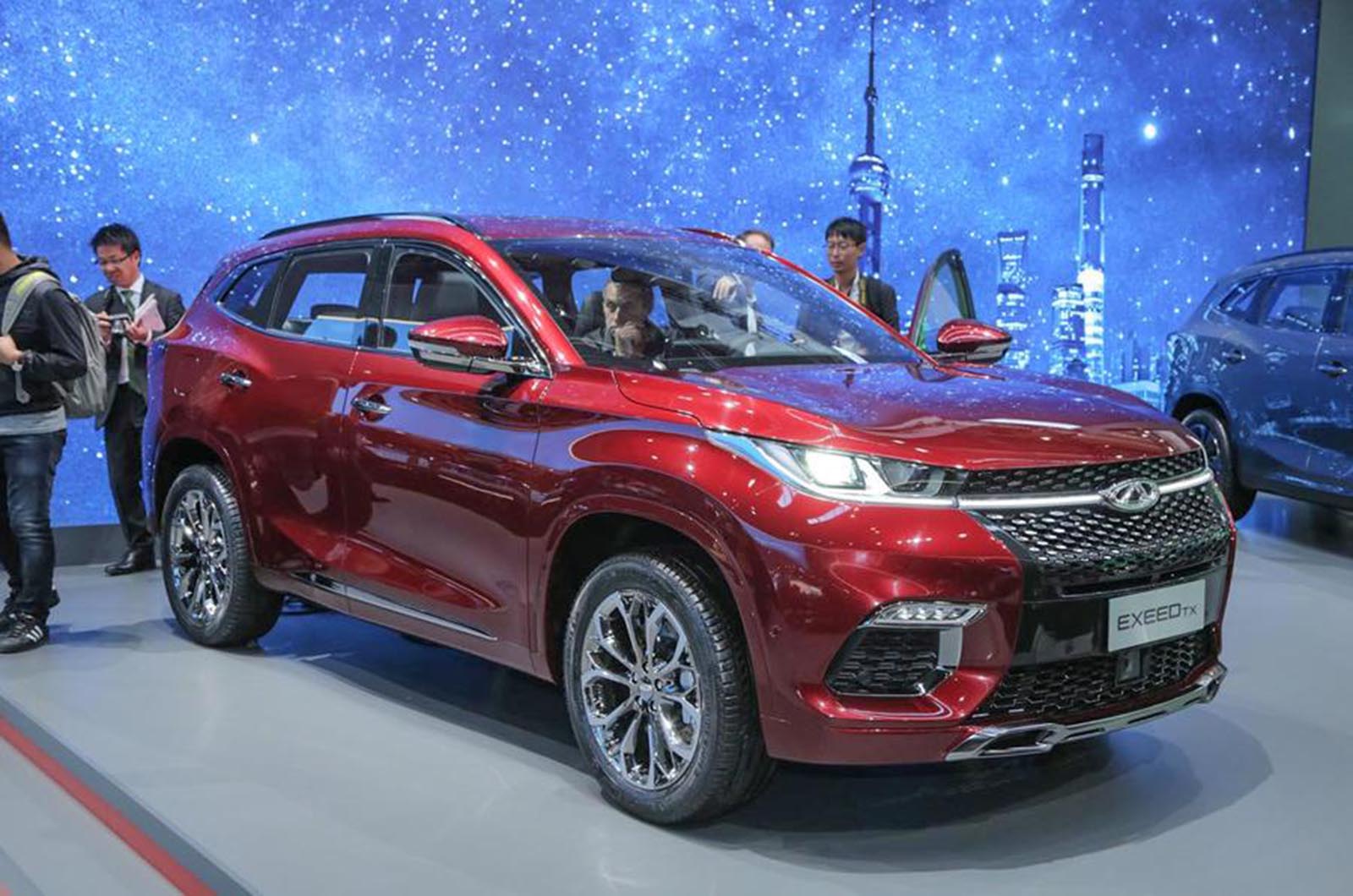






Join the debate
Add your comment
Germans
all before Japanese and the Koreans it was the Germans. Then everyone else though they made copycat designs, unreliable car and cheap electrics. Look at them now. Learning is always a process but doing it as a growing business is fantastic . And scary for major European/Western high volume manufacturers.
Let's not go on stealing technologies by buyin companies. Think how BMW got X5 and Diamler( Merc) got SUVs . Even the mighty Land rover got theirs from the old Jeep.
barriers to entry
by 2025 the chinese fuel economy legal standards will mean the CO2 emissions of chinese cars will be rough equal to the EU CO2 standards. The chinese emissions standards (HC, NOx and particulate) will be equal or stricter than EU ones by 2024 ~ 2026 (legislation is not fixed yet). The chinese are already producing E-NCAP 4*~5*. The quality chinese cars is not yet equal to that of VW.Ford, GM in the chinese market but the gap has halved in the past 5 years.
Combine the above facts with the history of Japanese and Korean OEM's coming to the EU & UK market in the past and you have to consider it a realistic possibility that by the mid -2020's we will see the chinese seriously entering the market with "competitive, value" products. And it will happen faster than it did in the past just ike everything is moving faster these days "thanks" to globalisation, internet, social media........
From what i can see, people
From what i can see, people buy cars either on price or image/badge. Very few people buy a car because they enjoy driving. At present Chinese cars might only appeal to those who buy on price, but thats still a big market in Europe. I would of thought a more limiting issue might be selling them in europe at a profit. Our CO2 obsession needs specialist engineering for Europe, and without volume that cant really be justified. If the cars arent great at passing whatever test the Europeans demand, the cars just wont sell. The chinese might just focus on markets that are more in line with their own.